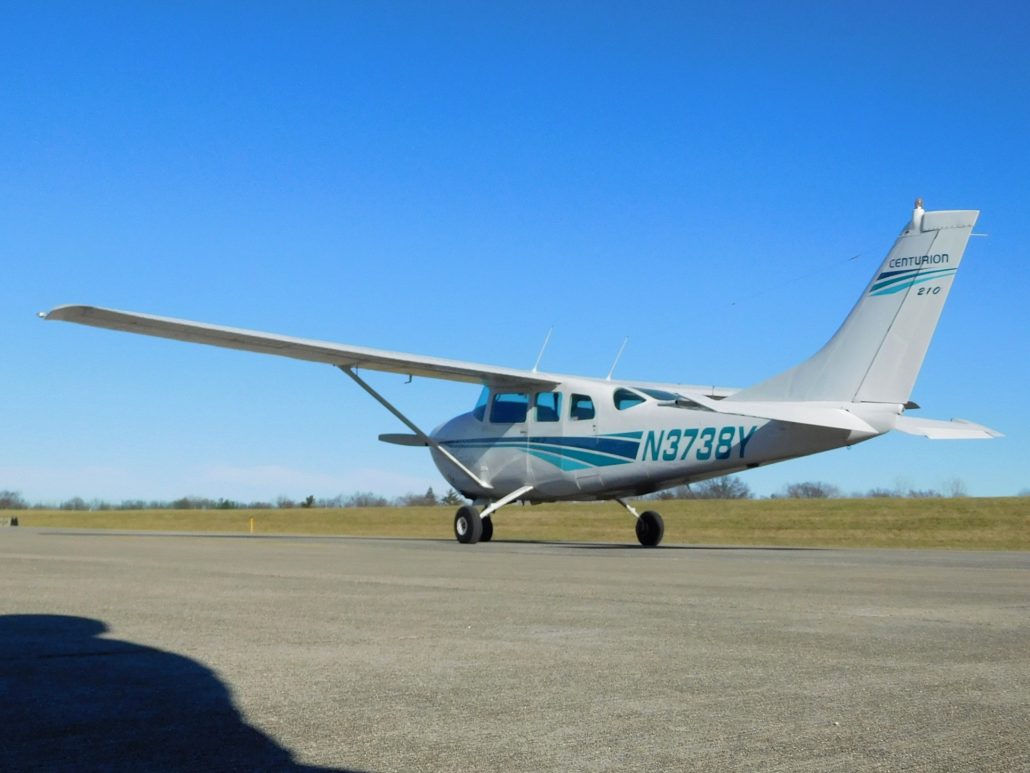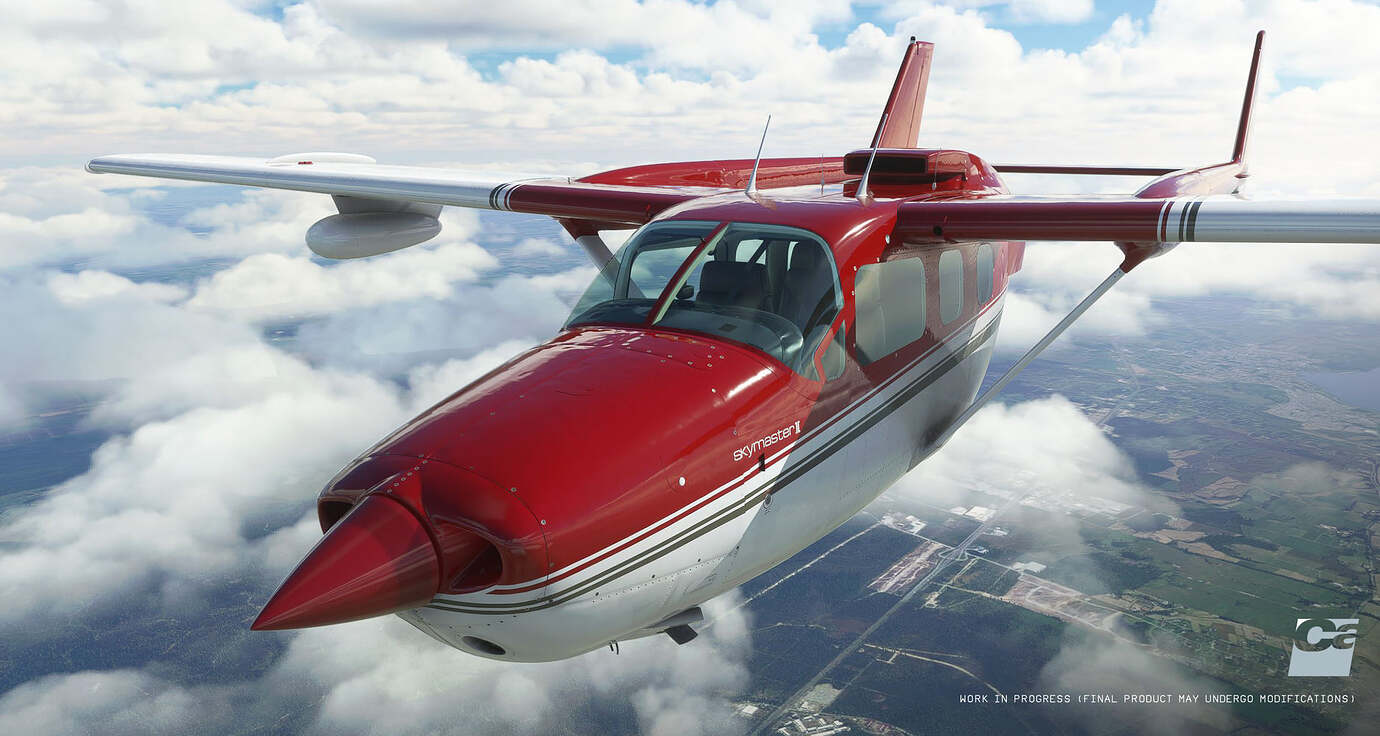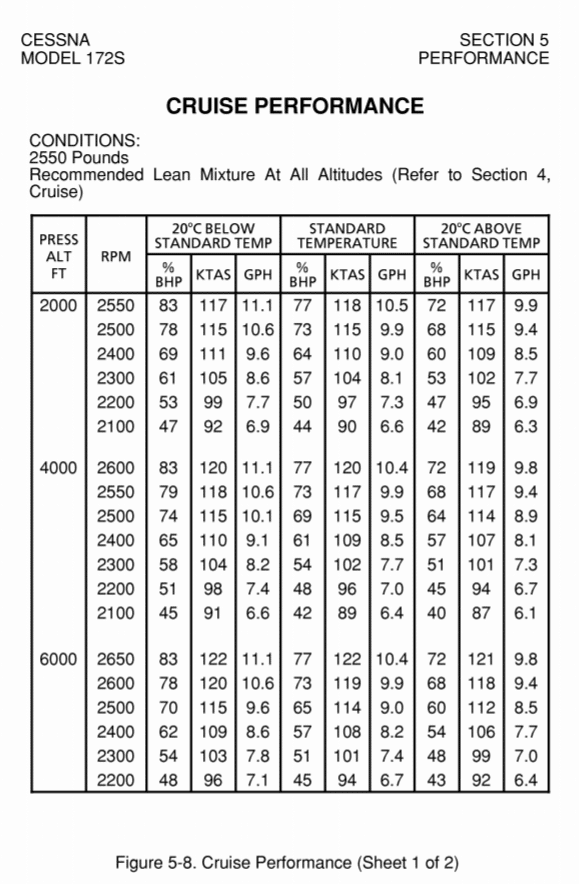Table Of Content

They are comfortable, but there is just not enough length in the fuselage to have six adults stretch out their legs. There is no way you would ever be able to fit six adults in a 210 for longer than it takes to get an advertising photo. Having said that, its tough to load the plane outside of the CG range-something you cant say for pretty much all other GA planes. Its a tradeoff that actually is worth making-many other six-passenger passenger aircraft dont have the CG range or useful load for six adults anyway. Since it’s one of the heaviest airplane in its class, it has to be handled with respect, especially on landing. In 1967, Cessna made a major change in the look of the airplane when it replaced the strut-braced wing with a cantilevered design.

Cessna’s top-of-the-line high wing cruiser, now out of production since 1986, still merits a second look.
Again, it’s so balanced almost no trim is needed until crossing the fence for getting into the flare. And with a 168-knot maneuvering speed, there’s no need to slow down for light turbulence. It’s a great airplane for playing with the big boys as I have at LAX—approaching at 150 knots (cruise power with gear and flaps up, nose down and on glide- slope)— I never had a controller tell me to keep my speed up. In 1961, Cessna brought the 210A, still powered by the IO-470-E, but with a 1500-hour TBO. A slightly larger cabin, a 100-pound gross weight increase and a different engine (IO-470-S) resulted in the 210B. Big news came in 1964, with the 210D, which received not only Continental’s IO-520-A, but a 1700-hour TBO and another 100-pound gross weight increase.
FLYING's Air Compare: Cessna 206 vs. Cessna 210 - FLYING
FLYING's Air Compare: Cessna 206 vs. Cessna 210.
Posted: Fri, 26 May 2023 07:00:00 GMT [source]
Owner Feedback
First flown in January 1957, it was produced by Cessna until 1986. These options show that a high-powered load hauler such as the 210 can also be operated at reduced power (and better economy) while hauling quite a load. In other words, reduced power settings allow 210 owners to save fuel and yet still haul a load. The only caveat to flying at reduced power is Continental Motors Critical Service Bulletin CSB09-11A which advised operators to keep engine rpm at 2,300 or above in cruise. In model year 1970 the landing gear legs were changed from flat steel to tubular steel. This change made it possible to enlarge the cabin interior space.
Owner Reviews
I once rode shotgun in a 1968 T210 from Santa Maria, Calif. (KSMX) to Addison, Tex. (KADS). We made the trip—1,178 nm in a straight line—with one stop in seven hours. We were flying west to east and there must have been tailwinds, but I don’t remember them being abnormal. If the time to drive, park, pass through TSA security checkpoints, and connections are factored in, we beat the airlines that day in a 40-year-old Cessna T210. At the same time the MTOW for the turbocharged T210N jumped to 4,000 pound. The T210N was also the first single, along with the P210N, to be certified for flight into known icing (FIKI) conditions.
FLYING’s Air Compare: Cessna 206 vs. Cessna 210
One of the more interesting aspects of the two types is the flexibility to shift the expense from acquisition to operation or vice-versa. The 206 commands a higher purchase price but costs less to maintain, while 210s can be had at a relative bargain provided the maintenance budget is increased. When it comes to six-place piston singles without a new-aircraft price tag, there are only a handful of alternatives to the 206 and 210. The most direct competitors, both in terms of cost and capability, would be Piper Cherokee Six, Saratoga, and Lance. The Beechcraft Bonanza A36 is a well-loved option that comes with a premium price.
But I calculate weight and balance almost every flight, and have never been able to exceed the envelope, even when my heavier older children sit in the way-back seats. If for some reason theyre missed, the saddles eventually break and the pilot finds out when one landing gear leg hangs up in the halfway position. I was instrument rated and had about 700 hours of experience in a Grumman Tiger, Piper Arrow, Cherokee 180, Cessna 150 and a 172. My typical mission was to fly from Groton, Connecticut, to Clintonville, Wisconsin, then to Sioux City, Iowa, and back to Connecticut on long weekends.
FAA Announces Revised Air Traffic Controller Rest Guidelines

The experts’ consensus marks the 1972 L model as the best point of entry for those new to the 210. By then, the 210 had the large cabin, cantilever wing, and a revised landing-gear hydraulic system that relied on an electric power pack; this replaced the old engine-driven pump. Avionics consume about $1350/year and non-annual related mechanical repairs about $3000. I fly less than 100 hours per year, so my cost per hour with hangar, fuel and the maintenance outlined above ranges from $250 to $300. I wish it had a better climb rate and another 20 knots or so of cruise speed, but with 1339 pounds of useful load I dont know of anything else that will do better.
Top 25 Planes Of All Time
Any potential Centurion owner should be aware of main systems and landing gear maintenance history, and systems design varies widely among the fleet. Early on (1972) the landing gear system was reworked to a simpler (although not without required upkeep) electrohydraulic system. Seven years later, the main gear doors were eliminated, which makes for simpler upkeep. But the airplane doesn’t exactly have stone-simple systems, even if they might make the airplane safer. Cessna pioneered electrical redundancy in piston singles with optional dual alternators and vacuum pumps, which became standard with 1983 models. These days, electronic flight instrument upgrades provide even more backup and redundancy, with some owners opting to remove the vacuum system altogether.
This was also the first year of the integral fuel tanks in which the wing internal structure was sealed to form two 45-gallon (89 gallons usable) fuel tanks. For more than five decades, active and dedicated aircraft owners and pilots have turned to AVIATION CONSUMER to answer their most important buying questions. Unless otherwise noted, these reviews carry product pricing from the time of the original review. Without the need to fly at night any more, I sold my Seneca III to get the pressurization, long range tanks and air conditioning that you cant get on the Seneca. In summary, buyers should be prepared to assume some not insignificant maintenance costs commensurate with operating a complicated aircraft. A purchaser needs to consider the P210 as a large general aviation airplane in keeping with the traditions of 400 series Cessnas, etc., advised one owner.
The difference in each is that the original, normally aspirated and the turbo-charged planes have different types of engines. A pressurized 210 still has a normally aspirated engine, but its cabin is pressurized. The existing McCauley prop could not meet vibration requirements in the new installation.
While it isn’t something to be scared of, and while there are many very happy 210 owners, the system and its components demand respect. Fortunately, there are indeed some payoffs at play.From the very beginning, cruise speed has been one of them. At the same power setting, an earlier 210 with wing struts cruises approximately 25 mph faster than an equivalent fixed-gear 206. Alternatively, one can select a lower power setting and enjoy lower fuel burn due to decreased drag. The higher median price of the 206 also suggests an overall preference in the market for fixed landing gear. The cost to maintain the retractable gear of the 210 family is not inconsequential.
A 55 Baron tools along at 180 to 190 knots, burning 27 gallons an hour or so but some owners run them slower, theorizing the engines will last longer. Based on the NTSB reports we’ve researched, fuel and improper landing gear maintenance are the most common caution flags in accidents involving the Cessna 210. A review of the 100 most recent accidents found 20 percent to be fuel related, 17 percent to be engine/mechanical and 14 percent to be gear-up landings. Keep any Centurion well maintained by a shop that knows the breed, and bring your A-game to the cockpit every time. High-flying turbocharged and pressurized models deserve extra transition training focused on high-altitude ops.
I have flown a lot of different aircraft models in the past 40 years and I would be very hard pressed to know what other plane I would rather own than a 210. While many airplanes are draggy or underpowered enough that speed mods are marketable options, it’s a testament to the 210’s basic good performance that this is not the case. Still, like any high-performance single, the 210 can benefit from the installation of speedbrakes. Both Precise Flight () and Knots 2U () offer electric-actuated speedbrakes.
Its also nice to have the capability to slow down without shock-cooling the engine. HandlingBig singles like the 210 have heavy control forces as a rule, but the P210 is heavier still due to th routing of control cables through tight-fitting air seals where they pass through the pressure vessel. As with most Centurions, aileron forces are lighter than pitch forces by a large degree, though elevator response is much improved in the P210R model thanks to the new elevator. A pair of P210s crashed after engine failures caused by detonation.
Most owners consider these to be most suitable for small adults and children. Performance-wise, Cessna upgraded the engine from the 260 hp IO-470 to the 285 hp IO-520, and the horizontal stabilizer was increased in span by 8 inches, improving pitch authority when landing with a forward CG. But if the oxygen flow stops and you need to get down quickly, reducing power and gliding from that high altitude will not get you down before you pass out. Your indicated speed will be in the 140s (over 175 knots true). The emergency procedure is keep the power in, dump the gear and drop 10 degrees of flaps. Put it in a steep bank to get the nose down and push the speed to 160 knots and let the cruise power pull you down to 14,000 feet in under two minutes.
However, since the airframe break-up rate of the cantilever models exceeds that of strutted ones, some critics question the wisdom of this redesign. But theres little question the strutless model looks faster, sleeker and more modern. Cruise speeds of about 170 KTAS can be routine and equipped useful loads easily exceeding a half ton are common. Fuel capacities vary between model, but there should be enough to traverse a third of the U.S. without stopping, while carrying at least three adults and lots of bags. Despite all the appeal, the market isn’t littered with obvious choices.

No comments:
Post a Comment